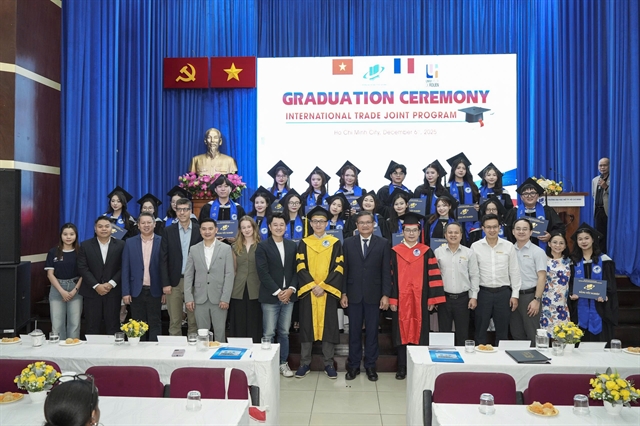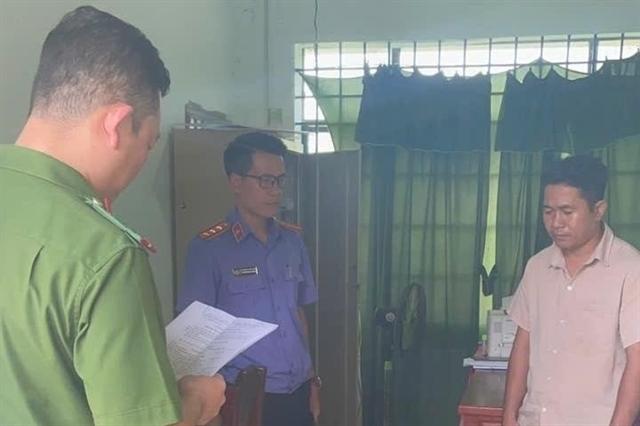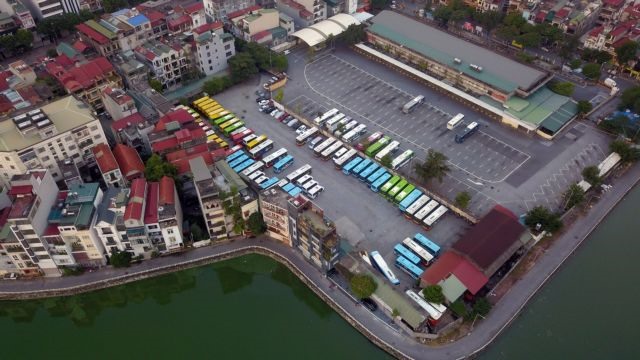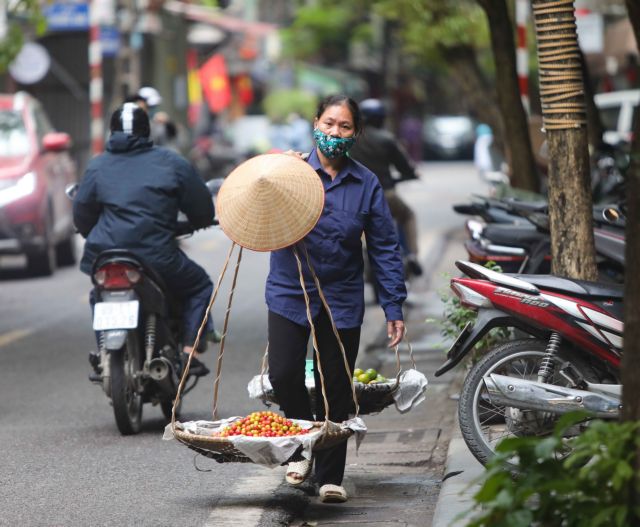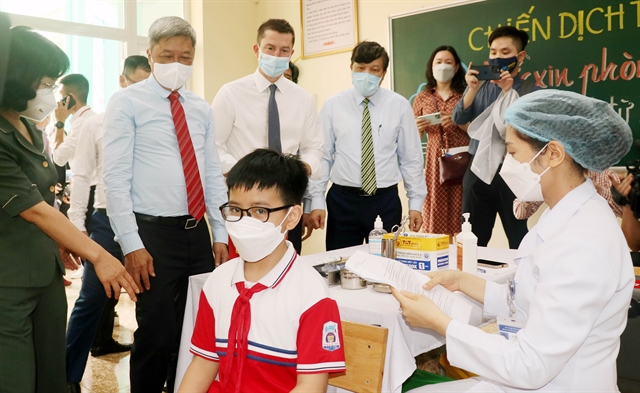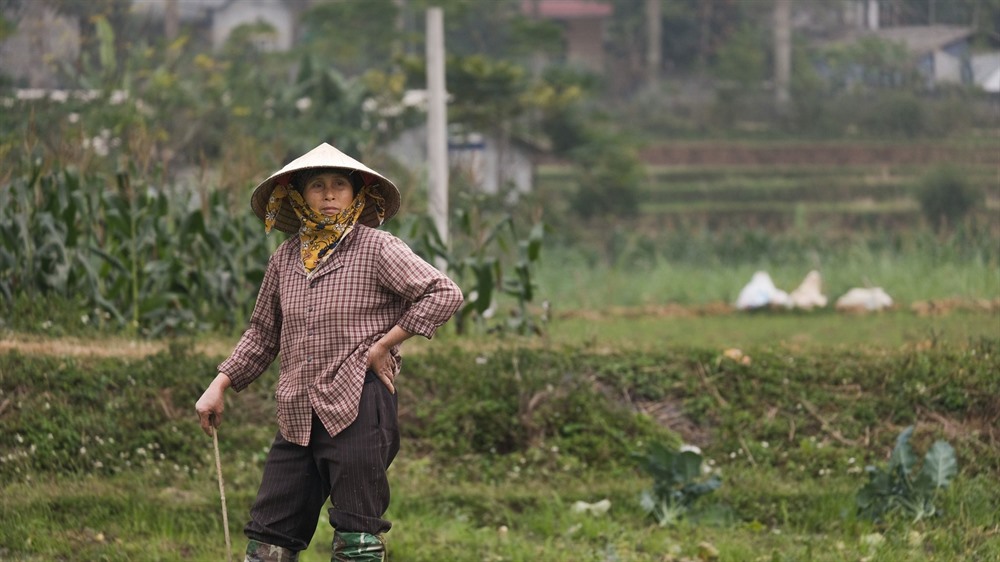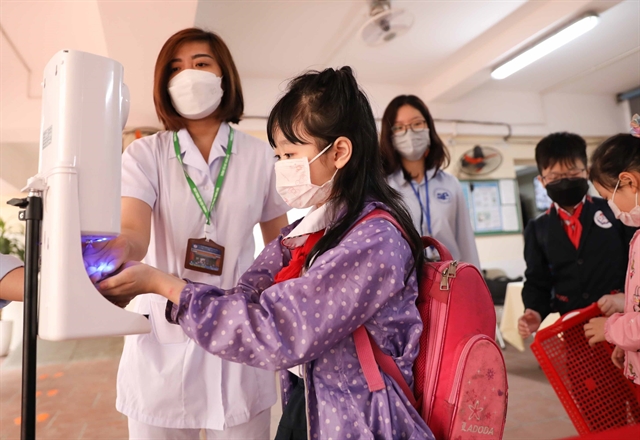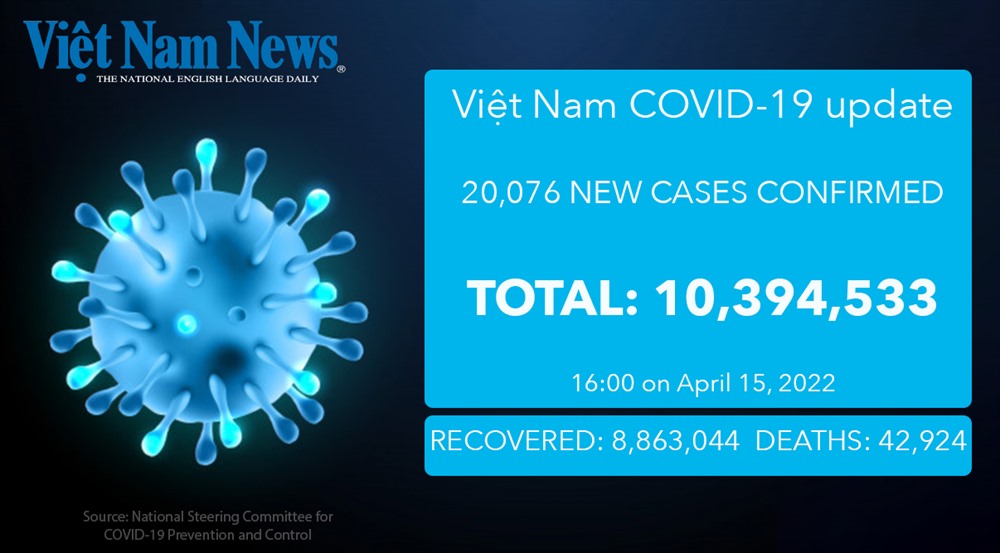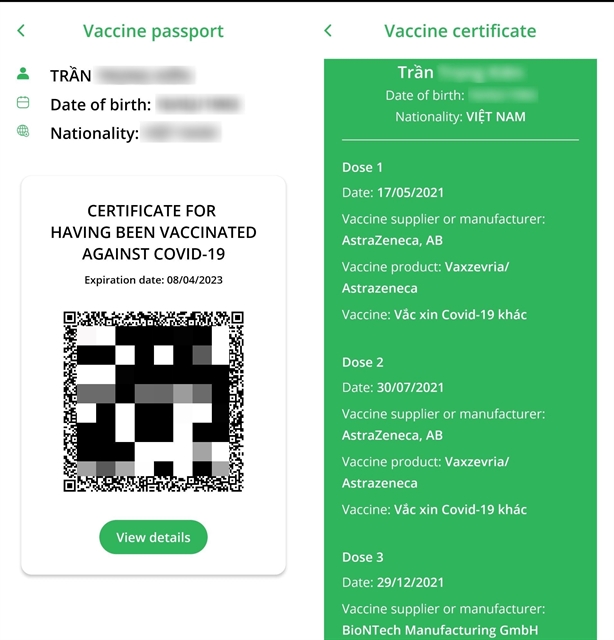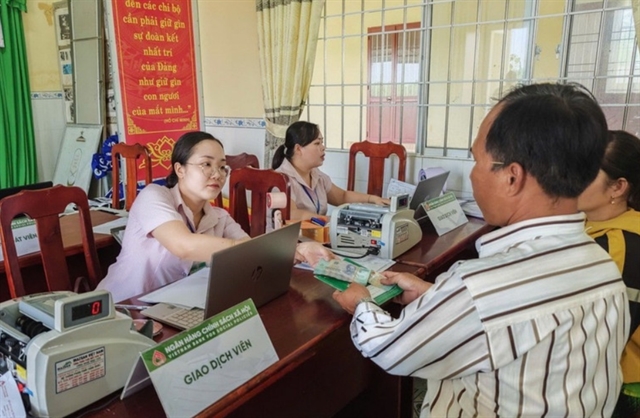

|
| A rural road in a Khmer area in Bạc Liêu Province. — VNA/VNS Photo Tuấn Kiệt |
BẠC LIÊU — The lives of ethnic Khmer people living in Bạc Liêu Province have improved significantly in recent years as authorities invested in infrastructure and livelihoods in their areas.
The Cửu Long (Mekong) Delta province has more than 74,000 Khmers, or 7.8 per cent of its population.
Hồng Dân District’s Ninh Thạnh Lợi Commune has a large number of them, and its infrastructure like roads has improved dramatically in recent years while concrete houses have been built to replace the previous thatched ones.
Sơn Phết, a local Khmer farmer, said the commune’s appearance has improved greatly after 10 years of implementing the national new – style rural areas programme, especially its transport infrastructure, with many concrete roads having been built to connect all hamlets and facilitating car travel to every corner.
People could now travel easily and traders could no longer push down the prices of agricultural products pleading transportation difficulties, he said.
Many Khmers are rebuilding their houses and making rural roads more beautiful, green and clean by growing trees along them.
In Giá Rai Town, many have played a part in making their areas more beautiful by contributing land and labour to building and upgrading roads and bridges.
They are growing other high-value crops to replace unproductive orchards to improve their incomes.
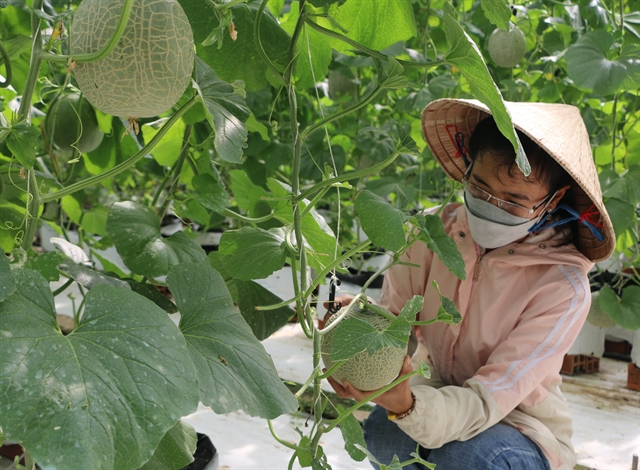
|
| A Khmer farmer grows honeydew melon in Bạc Liêu Province. — VNA/VNS Photo Tuấn Kiệt |
Thạch Thị Lan, a Khmer farmer in Giá Rai’s Phong Tân Commune, said: “The lives of the Khmer here have improved greatly. Every household earns an income from growing rice in combination with livestock farming.”
Đỗ Minh Thắng, chairman of the town People’s Committee, said besides the province’s support policies, the town also has its own policies for ethnic people, with priority given for developing rural transport infrastructure.
All Khmer hamlets have access by road, enabling the easy movement of people and goods, he said.
To improve the condition of the ethnic group, the province has implemented various programmes, both central and local, he said.
It has also encouraged the Khmer to improve their livelihoods.
Phan Thanh Duy, deputy chairman of the province People’s Committee, said dozens of billions of đồng are spent every year on infrastructure and production projects to help improve the Khmers’ lives.
Special attention is paid to disadvantaged households by providing soft loans and other benefits, he said.
It provided loans worth a total of VNĐ14 billion (US$613,000) to 1,135 households in the last five years, helping many escape poverty and stabilise their lives.
It has implemented various educational, health, cultural, and legal support programmes for the Khmer, he said.
It has preserved Khmer pagodas as they are belief, cultural and education centres of the community.
There are 22 of them in the province.
Most Venerable Hữu Hinh, chairman of the province’s Patriotic United Buddhist Association, said authorities have created favourable conditions for Khmer pagodas to perform rituals and ceremonies.
The province has spent dozens of billions of đồng to buy Khmer classical music instruments for pagodas, build and repair ghe ngọ (long boats used for racing during traditional festivals), build incinerators, and build and upgrade the main halls at pagodas, he said.
The number of poor ethnic households in the province has fallen from 548 in 2019 to 200 now. — VNS

